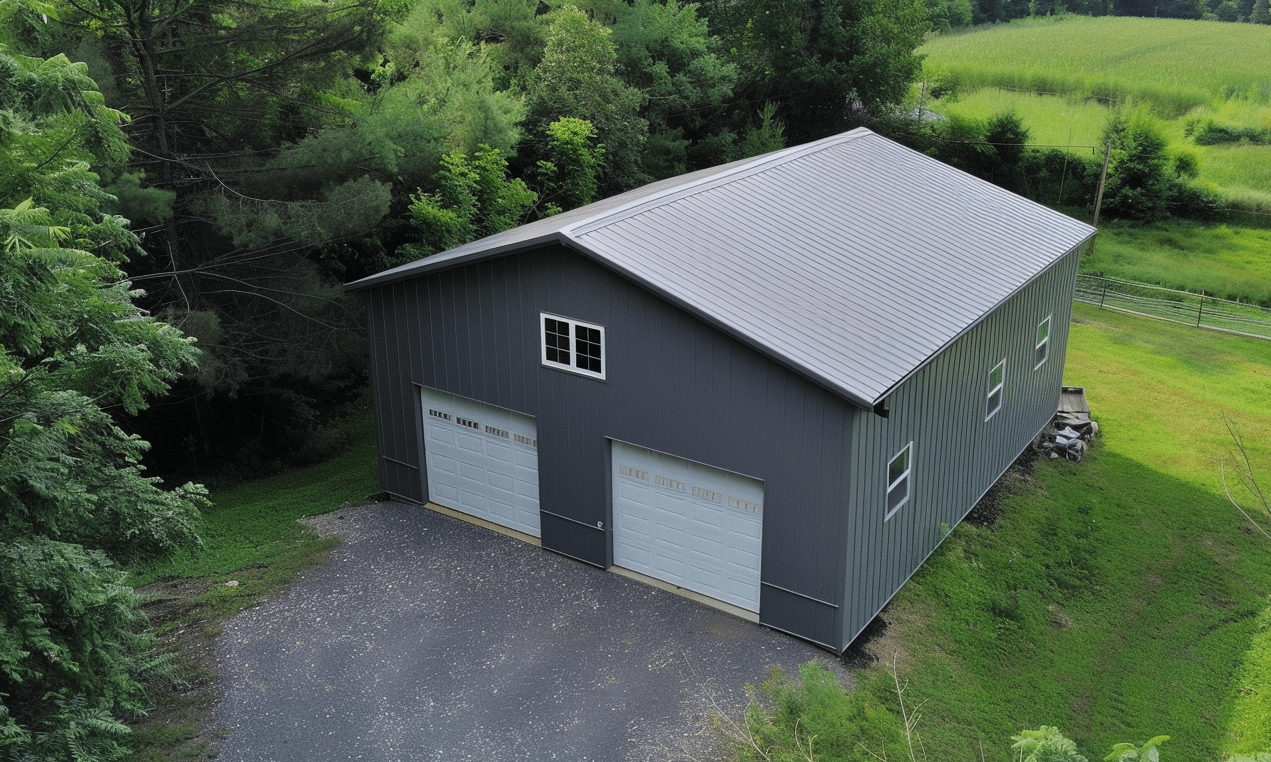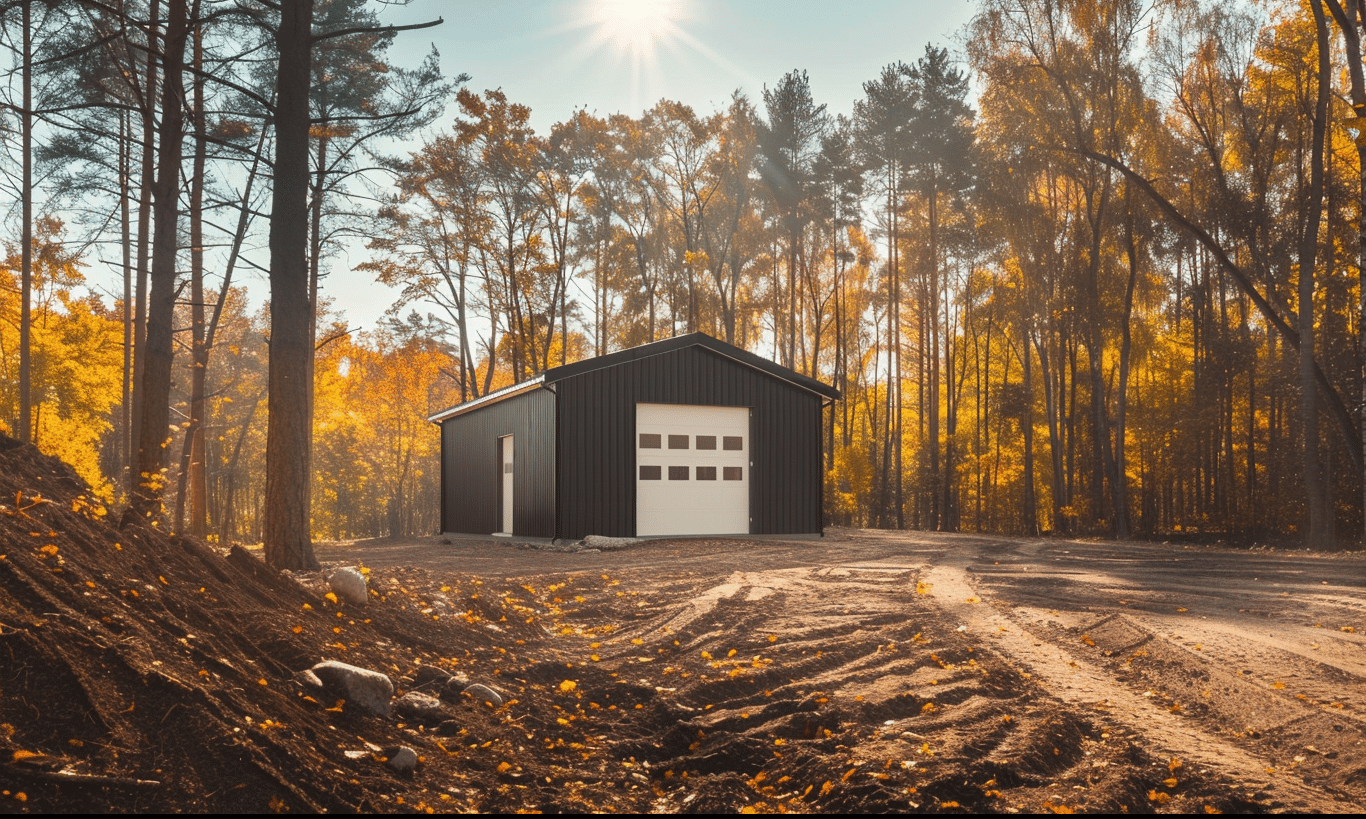As urban landscapes rise and climates shift, sustainable construction becomes not just a choice but a necessity. At the heart of this green evolution is a concept that might not garner flashy headlines yet serves as the unwavering backbone of all construction: sustainable foundations. They are the literal and metaphorical ground on which our future tomorrows stand.
Think about it. How often have you considered the ground upon which a majestic skyscraper or an eco-friendly home rests? Surprisingly, the foundational work sets the tone for decades to come, just as roots determine a tree’s growth. In the landscape of green building practices, choosing the right foundation means much more than stability; it speaks volumes about our commitment to a sustainable future.
What Makes a Foundation Sustainable?
A sustainable foundation is about minimizing environmental impact without compromising structural integrity. It’s a fine dance where eco-friendly materials and methods align to create a base that fosters both longevity and sustainable architecture. Much like choosing the right soil for a plant, choosing a sustainable building foundation can predict the life and health of a structure.
To achieve these green credentials, it’s not just about using recycled materials. It encompasses reducing carbon footprints, employing energy-efficient construction methods, and incorporating materials that require less energy to produce. Imagine planting a seed in nutrient-rich soil versus barren land—the former ensures stronger growth, as does sustainable foundation methodologies with infrastructure.
Green Materials: The Building Blocks of Tomorrow
The choice of material plays a pivotal role in sustainable foundations. Advanced and recycled materials like fly ash, slag cement, and recycled aggregates are rising stars. These replacements not only reduce dependency on natural resources but also trim down CO2 emissions sparked by conventional materials. Additionally, they improve construction waste management, supporting cleaner, greener sites. Fly ash, for instance, is not just an alternative to Portland cement. Its use transforms construction waste into a robust material, fostering the mantra of ‘reuse and renew.’
Likewise, the integration of more organic materials, such as bamboo, is gaining traction. Known for its sustainable growth rate and durability, bamboo offers considerable promise without sacrificing quality or strength.
Techniques that Foster Sustainability
When it comes to techniques, sustainable groundwork involves practices such as energy-efficient insulation systems and using techniques that lessen a project’s environmental footprint. One of these methods includes pre-fabricated elements for foundation work. Much like the Lego pieces of your childhood, these pre-made components are assembled with precision. They’re not only time-efficient but also minimize waste on-site.
Another game-changer is the use of permeable concrete. This allows water to percolate through, replenishing groundwater levels and reducing the risk of flooding—a nod to nature’s self-sustaining cycle.
Ensuring Longevity and Performance
In sustainable architecture, longevity is a supreme factor. Opting for durable materials is securing a legacy of endurance. Materials such as steel can withstand harsh conditions while offering the flexibility needed for modern designs. Steel is not only a sustainable choice due to its recyclability but also a champion of strength, especially in modern agriculture buildings where resilience against weather conditions is key.
For instance:

British Columbia’s sleek garage kits exemplify the blend of steel’s robustness with sustainable designs, creating structures that embody form and function. They are a testament to how a sustainable foundation supports not just buildings but the communities and environments they inhabit.
Governmental and Organizational Support
Key players such as the Canada Mortgage and Housing Corporation – Sustainable Foundations offer resources and guidance on developing sustainable buildings. Their involvement highlights how policy and education together drive forward greener construction methodologies.
The Economic Viability of Going Green
While initial costs of deploying sustainable foundation practices might appear heftier, the return on investment is evidenced through longevity, energy reductions, and lessened maintenance needs. This perspective shifts the conversation from cost to value—a crucial vantage when pitching sustainable practices to stakeholders or developers. Consider it akin to purchasing energy-efficient technology—it may cost more upfront, but the savings on utility bills underscore its worth over time.
Moreover, governmental incentives, subsidies, and the growing demand for sustainable credentials make these initiatives economically appealing. For instance, cities have started offering tax breaks for projects that meet green building standards, making sustainable foundations a win-win for builders and the environment alike.
Challenges and Innovations
The road to sustainable foundation construction is not bereft of challenges. Balancing innovation with tradition, or the hesitation to incorporate new, sometimes untested, techniques requires careful negotiation. Yet, with each challenge, innovation sprouts. Technologies like Building Information Modeling (BIM) integrate every phase of construction digitally to streamline sustainability efforts, reducing waste and enhancing efficiency.
As green construction evolves, so too the landscape of sustainable foundations will adjust with newer, more sophisticated technologies emerging. This marks an exciting era—a melting pot of interdisciplinary cooperation that harnesses the best of technology, science, and creativity.
In conclusion, sustainable foundations play an influential role in shaping the growing narrative of green construction. They are the cornerstone of a building’s environmental responsibility, ensuring that structures not only stand tall but do so with minimal ecological footprints. By emphasizing sustainable foundation practices, we lay down the first stone towards a sustainable future—much like an artist starts with a blank canvas, molding it into a masterpiece for generations to admire. Through responsible practices, the blueprint for a cleaner, healthier planet is etched.
Consider the enduring wisdom of “reduce, reuse, recycle”—a principle perfectly embodied within building foundations. What we choose today in the very root of our structures defines not only their durability but our legacy as stewards of this Earth.











